
How to Clean Leather Work Gloves: A Comprehensive Guide
Leather work gloves are essential for protecting your hands in demanding work environments, but regular care can significantly extend their...
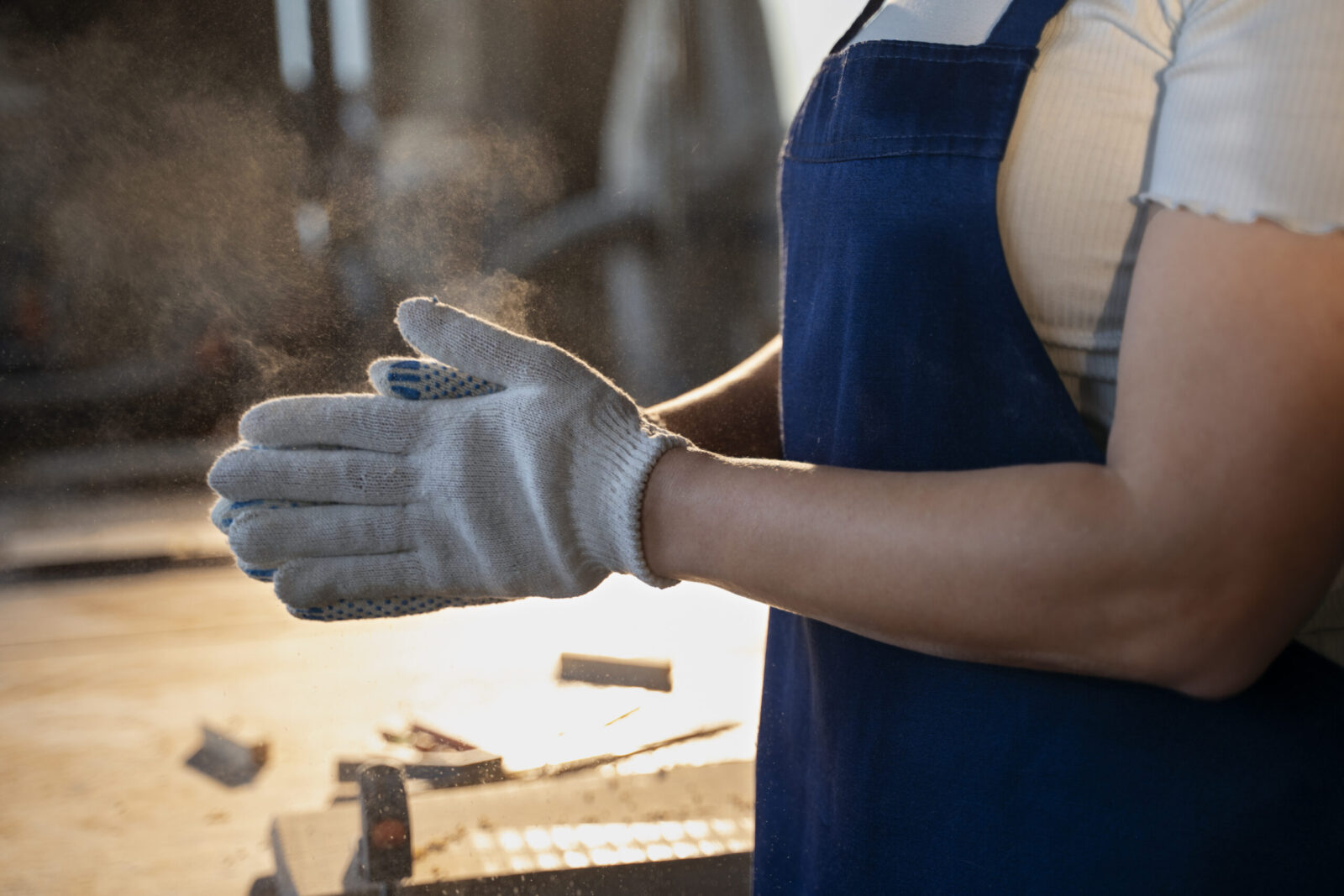
Get 20€ off on your first order!

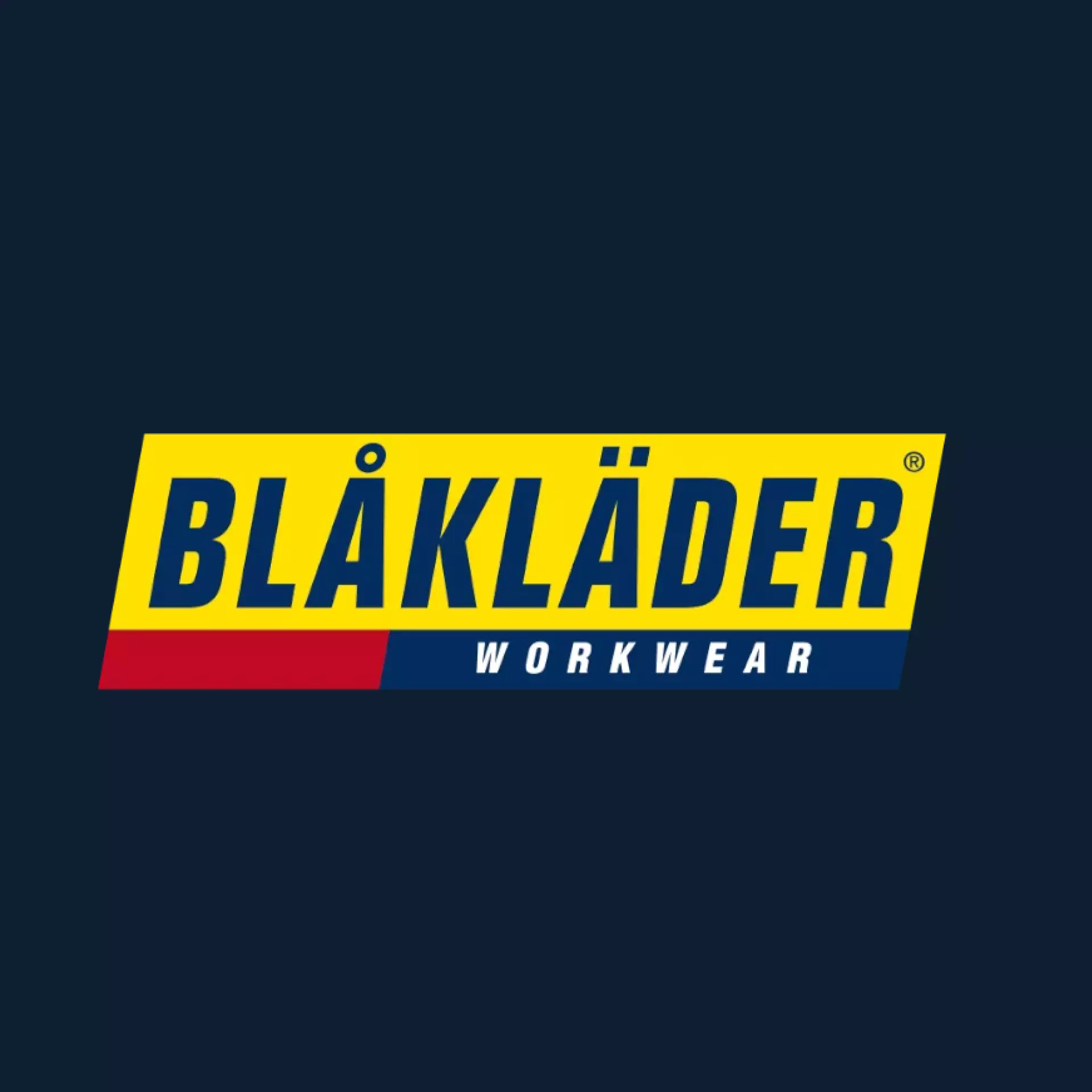
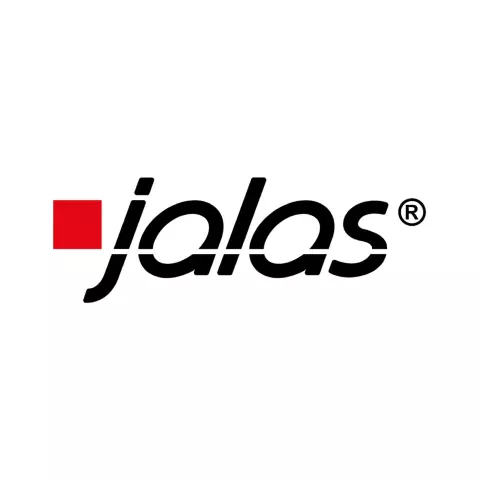


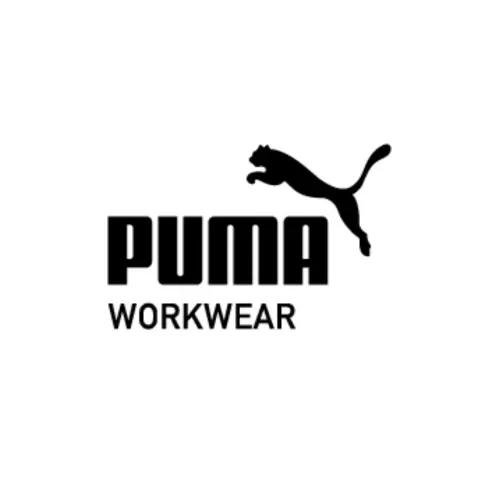




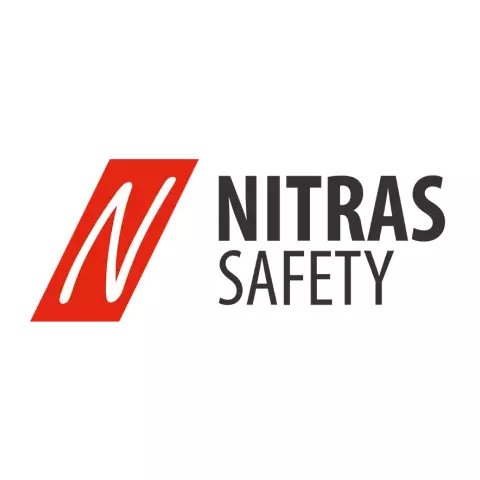




















Welding exposes you to extreme heat, sparks, and sharp materials, making safety a top concern. This comprehensive guide ensures you’ll know exactly how to choose the best leather gloves for welding tailored to your needs, combining expertise on materials, features, and durability.
By the end of this article, you’ll not only be equipped with the knowledge to choose the right gloves but also find solutions for other protective gear challenges to enhance your safety and efficiency.
For a broader understanding of leather work gloves, visit our parent article: Selecting The Best Leather Work Gloves: A Practical Guide.

Not all leather is created equal, especially for welding. Understanding the properties of various leather types helps in making the right choice:
For more on leather glove materials, explore our Leather Work Gloves Buying Guide.
| Leather Type | Key Features | Best Use Cases |
| Cowhide | Tough, heat-resistant, durable | Stick Welding |
| Pigskin | Oil/moisture-resistant, flexible | TIG Welding |
| Goatskin | Lightweight, excellent dexterity | TIG Welding |
| Deerskin | Soft, comfortable, good flexibility | Light Welding |
To ensure safety and performance, welding gloves must meet specific criteria:
Ensure the gloves you choose comply with relevant European standards like EN 407, which evaluates thermal risks such as resistance to heat, flames, and molten metal splashes, ensuring your gloves provide comprehensive protection during welding tasks. Learn more about these standards from this resource in wikipedia.
Different welding techniques demand different glove properties. For example, TIG welding involves precise, detailed work where gloves must ensure fine motor control perfect for tasks like delicate metal joining.
MIG welding, in contrast, deals with higher heat and sparks, so gloves designed for this method prioritize heat resistance and durability.
Stick welding, often used for industrial jobs, requires the toughest gloves to handle intense heat and protect against heavy sparks. Here’s a breakdown:
TIG welding requires precision and finesse. Gloves must offer high dexterity without compromising protection.
MIG welding involves more heat and sparks, requiring robust protection.
Stick welding requires gloves with exceptional durability to withstand the intense heat and sparks, ensuring your hands remain protected throughout the process.
For a variety of options, check out our Leather Work Gloves category.
Proper glove fit ensures comfort and safety. Use this guide to find your size:
| Hand Circumference (cm) | Size |
| 18–20 | Small |
| 21–22 | Medium |
| 23–25 | Large |
| 26–27 | X-Large |
A snug fit prevents slipping and enhances dexterity. A snug fit enhances safety and performance, especially during intricate tasks, by preventing slipping and improving precision.
Proper maintenance extends the life of your gloves and ensures optimal performance:
For more on maintaining work gloves, visit our related guide: How To Clean Leather Work Gloves.
Pair your gloves with high-quality protective gear for full safety:
If you’re interested in exploring related glove types and uses, check out these helpful resources:
We hope this guide has provided clarity on the essential factors for selecting the best leather gloves for welding, from material types to specific features for each welding method. Whether you’re ensuring safety during TIG welding or seeking robust protection for stick welding, we’ve got you covered. Explore the wide range of gloves and protective gear at Droppe to find trusted brands that meet your needs.
Still unsure or need tailored advice? Our team is here to help with expert guidance for your next purchase—ensuring not just safety but confidence in every welding task. And when you’re ready to gear up further, we’ll also assist in selecting complementary protective gear to complete your setup.
– The Droppe Team
Yes, welding gloves made of durable leather, like cowhide or pigskin, can be used for tasks requiring heat resistance, abrasion protection, or handling sharp materials. However, ensure the gloves meet the specific safety standards for the task, such as EN 388 for mechanical risks.
Lined gloves provide added insulation and comfort, making them suitable for high-heat applications like stick welding. Unlined gloves, on the other hand, are thinner and offer greater dexterity, which is essential for TIG welding and more precise tasks.
Replace your gloves if you notice significant wear, such as thinning leather, holes, or compromised stitching. Additionally, if the gloves lose their heat resistance or no longer fit securely, they should be replaced to ensure safety and effectiveness.
Most welding gloves are not waterproof or chemically resistant. Pigskin gloves offer some moisture resistance, but for tasks involving chemicals or water, opt for specialized chemical-resistant gloves instead.
While most welding gloves come in standard sizes, some manufacturers offer customization options for fit, materials, or features like reinforced palms. Alternatively, you can use glove liners or add-ons to enhance comfort or protection. Always ensure modifications don’t compromise safety standards.
Thank you! You've signed up for our newsletter.









Leather work gloves are essential for protecting your hands in demanding work environments, but regular care can significantly extend their...
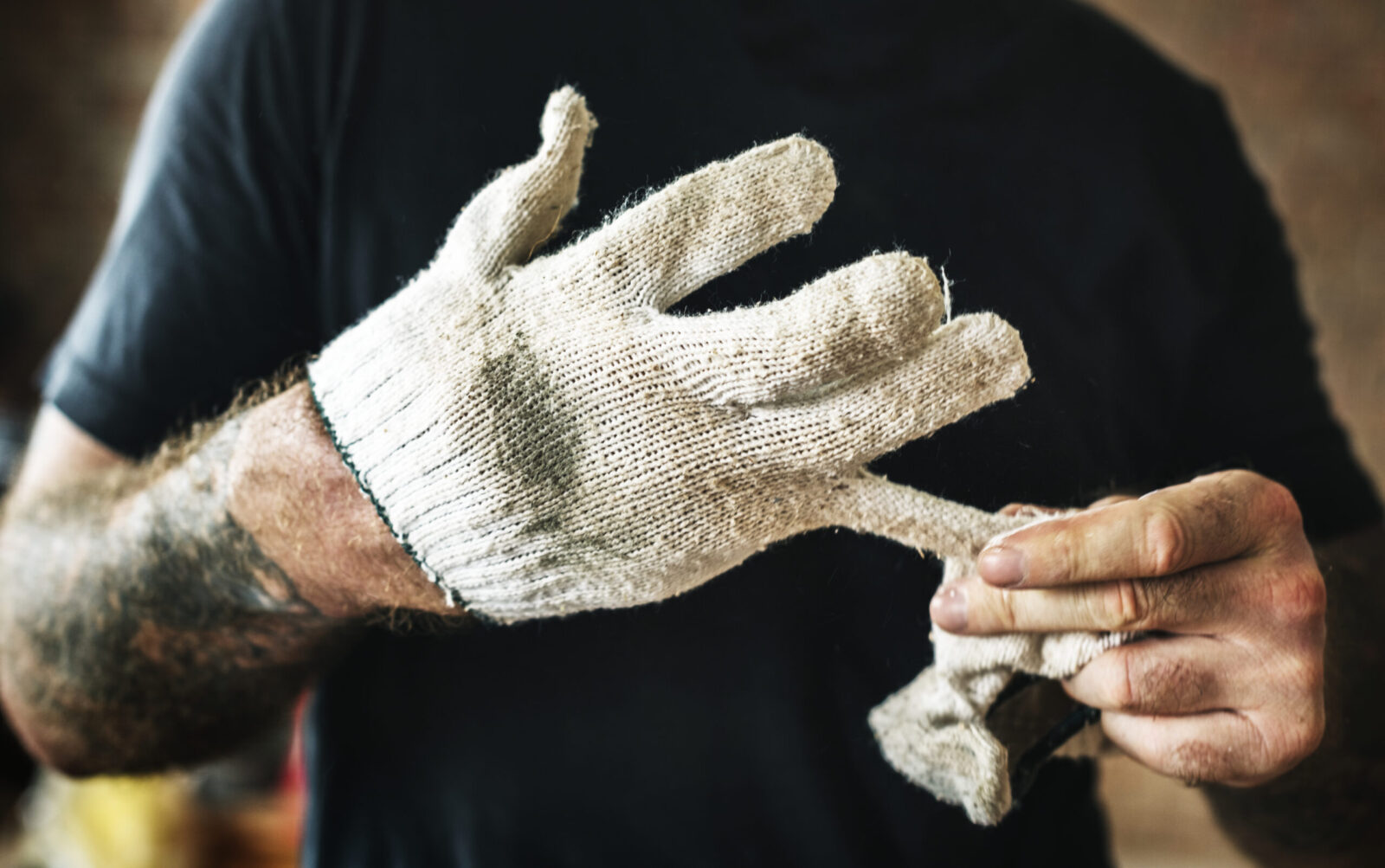
Choosing the right heat-resistant gloves is very important for safety and performance when working in hot places. Heat-resistant gloves are...

Looking for the perfect leather winter work gloves to keep your hands warm, protected, and functional in cold weather? Let...

Leather work gloves are essential for protecting your hands in demanding work environments, but regular care can significantly extend their...

Choosing the right heat-resistant gloves is very important for safety and performance when working in hot places. Heat-resistant gloves are...

Looking for the perfect leather winter work gloves to keep your hands warm, protected, and functional in cold weather? Let...
Get 20€ off on your first order!
Save 30% by buying directly from brands, and get an extra 10€ off orders over €100
Save 30% by buying directly form brands, and get an extra 10€ off orders over €100